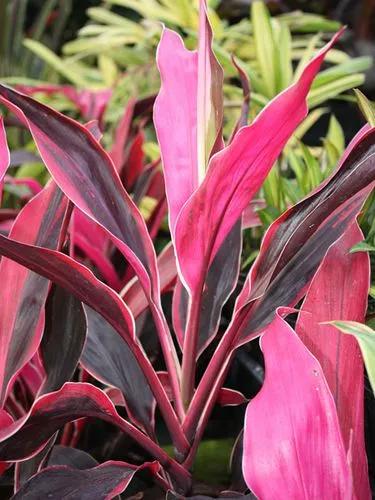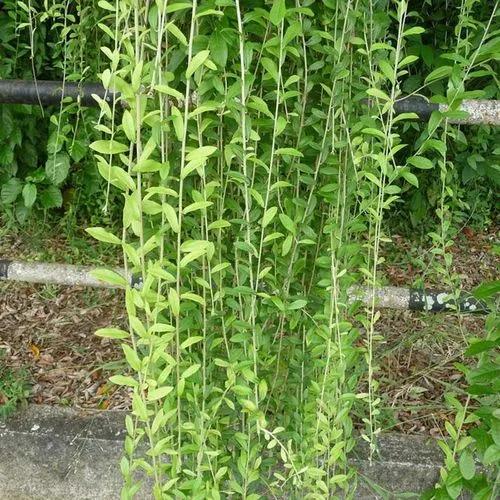The escargot begonia is a rhizomatous plant that forms attractive clumps. With a few varieties available, you’ll find a few different color options including purple, green, brown, pink, red and silver. Their leaves likewise vary from 4 to 9 inches long. The plant itself can grow to about a foot tall and a foot wide.
Rhizomatous Begonia 'escargot' Care
Rhizomatous Begonia 'escargot'
Other names: King Begonia, Painted-leaf Begonia, Beefsteak



How to Care for the Plant

Water

Let the soil dry between waterings and avoid overwatering as it may cause fungal diseases or rot.

Pruning

No pruning required. Remove dead leaves promptly and keep the soil surface free of debris to avoid disease problems.

Fertilizer

Begonias are heavy feeders, and for best bloom production should be fed every two weeks. For healthy plants and abundant blooms, apply 10-10-10 liquid fertilizer (view example on Amazon) diluted at a ratio of three parts water to one part fertilizer when you first plant (or transplant) your begonias and approximately every 3 weeks thereafter.

Sunlight

Part shade.

Soil

An ideal soil would be made up of 45% minerals (sand, clay, silt), 5 % organic (plant and animal) material, 25% air and 25% water. The mineral portion would be loam (20 – 30% clay, 30 – 50% silt and 30 – 50% sand).

Temperature

Tender plant – may be damaged or killed by low temperature.

Container

Plant begonias using a soilless potting mix in a pot with good drainage in the bottom. Begonias are particularly susceptible to root rot, so it can also be a good idea to add a layer pebbles or broken shards of old terracotta pots to the bottom for extra drainage.

Popularity

15 people already have this plant 11 people have added this plant to their wishlists
Discover more plants with the list below
Popular articles






